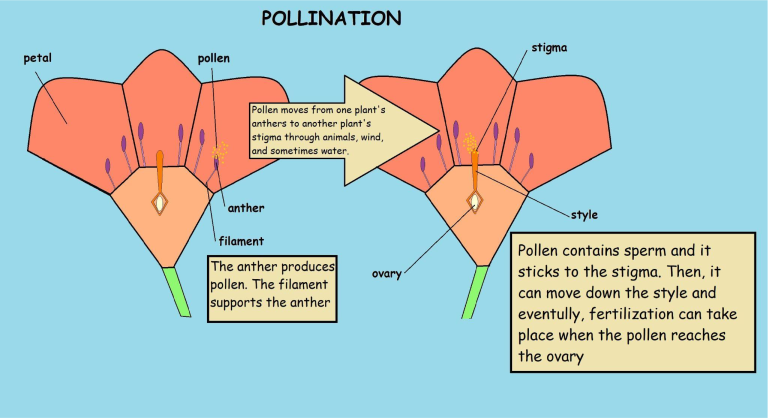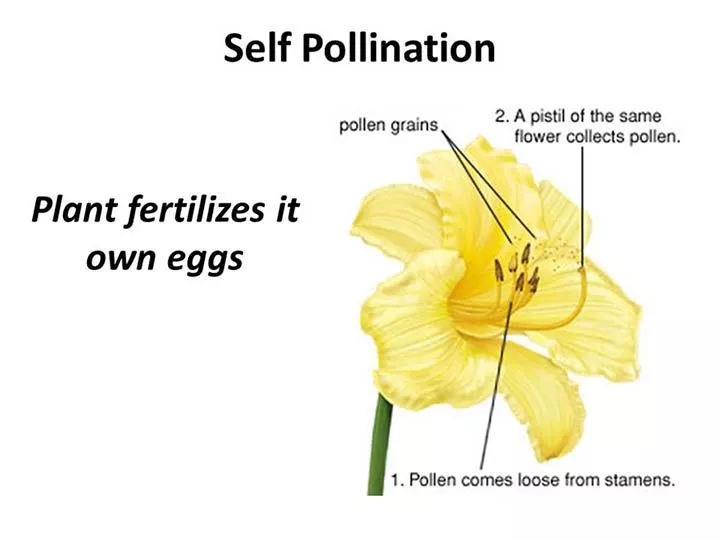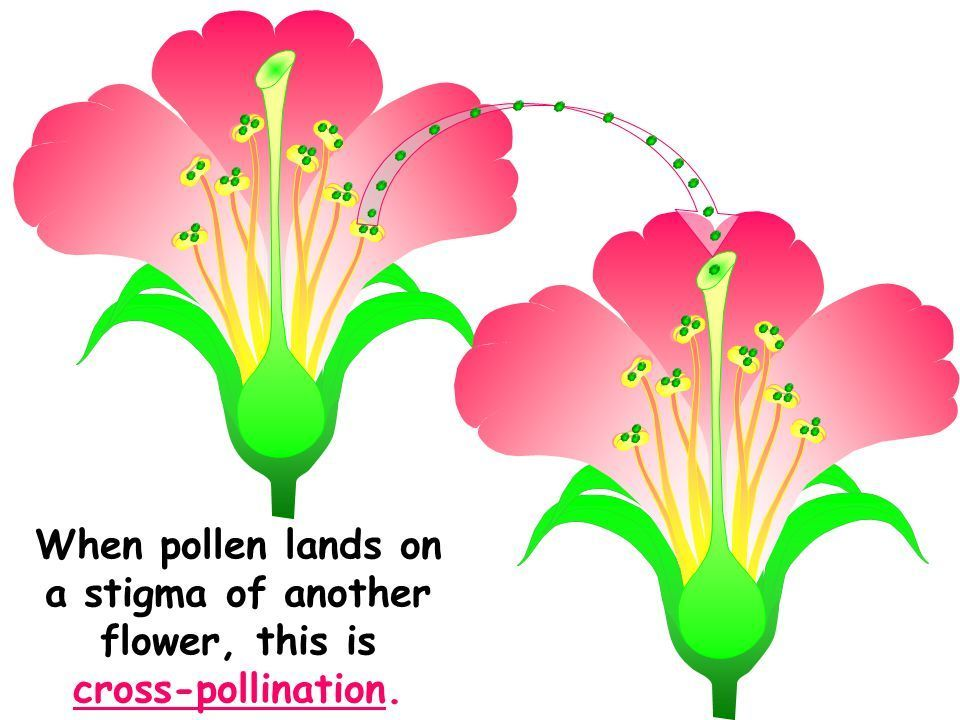Pollination is a crucial part of plant reproduction by which pollen grains from the anther of a flower (the male part of the flower) are transferred onto a pollinator. The pollinator in turn transfers these pollen grains to another flower, mainly to the stigma (the female part of the flower). This process is necessary for fertilization to take place, following which the fertilized flower later yields fruits and seeds.
Pollination can be broadly divided into categories namely, self-pollination and cross-pollination.
This article will help you understand the main concepts and key differences between self-pollination and cross-pollination. So let’s get started.

Index
What is Self-Pollination
Self-Pollination is a type of pollination in which the pollen grains from the anther of a plant are transferred to the female part of the same plant. As the pollen grains fall directly from the anther to the stigma of the flower, self-pollination is fairly simple and fast.
Advantages of Self-Pollination
- There are zero dependencies on any external agent to transfer the pollen, and thus the chances of failure are fairly less.
- As the fertilization occurs between the ovule and pollen of the same plant, the parental traits are maintained and pure races can be obtained.
Disadvantages of Self-Pollination
- Successive self-pollination results in the accumulation of recessive genes, leading to loss of vitality of the race, and thus, the pro-genies tend to become weaker.
- New useful characters are very rarely inherited.

What is Cross-Pollination
Cross-Pollination is a type of pollination in which a pollen grain is delivered from the anther of one flower to the stigma of a flower on another plant belonging to the same species. This process is carried out by various pollinating external agents.
Advantages of Cross-Pollination
- Cross-pollination supports recombination, hence the progeny has seeds with a different genotype from the parent plant. This feature is extensively used to produce desirable characters in plant breeding.
- Recombination allows for improving the immunity of the offspring against environmental stress and diseases.
Disadvantages of Cross-Pollination
- The chances of failure of cross-pollination are high.
- Pollen production in cross-pollinating plants is very high to compensate for the loss of pollen in cases of failed pollination

Difference Between Self-Pollination And Cross-Pollination
Now that we have understood what exactly Self-pollination and Cross-pollination are, let’s look at this table which highlights all the key differences between the two processes:
| Self-Pollination | Cross-Pollination |
| Self-pollination is a type of pollination in which the pollen grains from the anther of a plant are transferred to the female part of the same plant. | Cross-pollination is a type of pollination in which a pollen grain is delivered from the anther of one flower to the stigma of a flower on another plant belonging to the same species. |
| Only a single plant is involved. | Two different plants belonging to the same species are involved. |
| As the pollen transfer is direct external pollinating agents are not required. | An external pollinating agent is required. Example: wind, water, insects, etc. |
| A small number of pollen grains are needed. | A large number of pollen grains are needed. |
| Example: broccoli, cabbage, carrots, cauliflower, corn, kohlrabi, onions, and peppers. | Examples: Pumpkins, grapes, grasses, apples, maple trees, daffodils. |
FAQs
Cross-pollination is better than self-pollination as it results in genetic recombination and hence introduces new changes in the genetic makeup of the plant. This provides advantages to the plant by increasing the chances of survival and withstanding environmental stress factors.
There are many pollinating agents that bring about pollination by transferring pollen grains of one flower to the stigma of another. Some prominent pollinating agents include – insects, birds, and bats; water; wind.
Similar Articles
